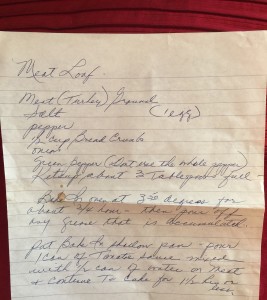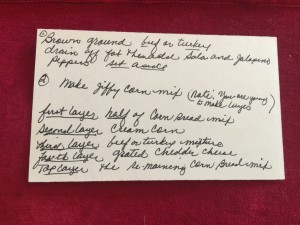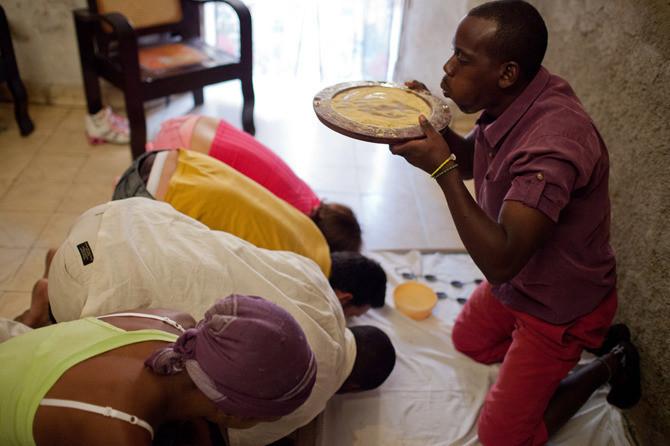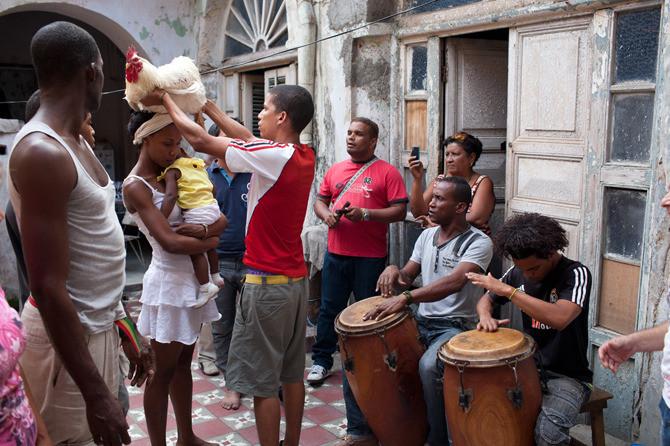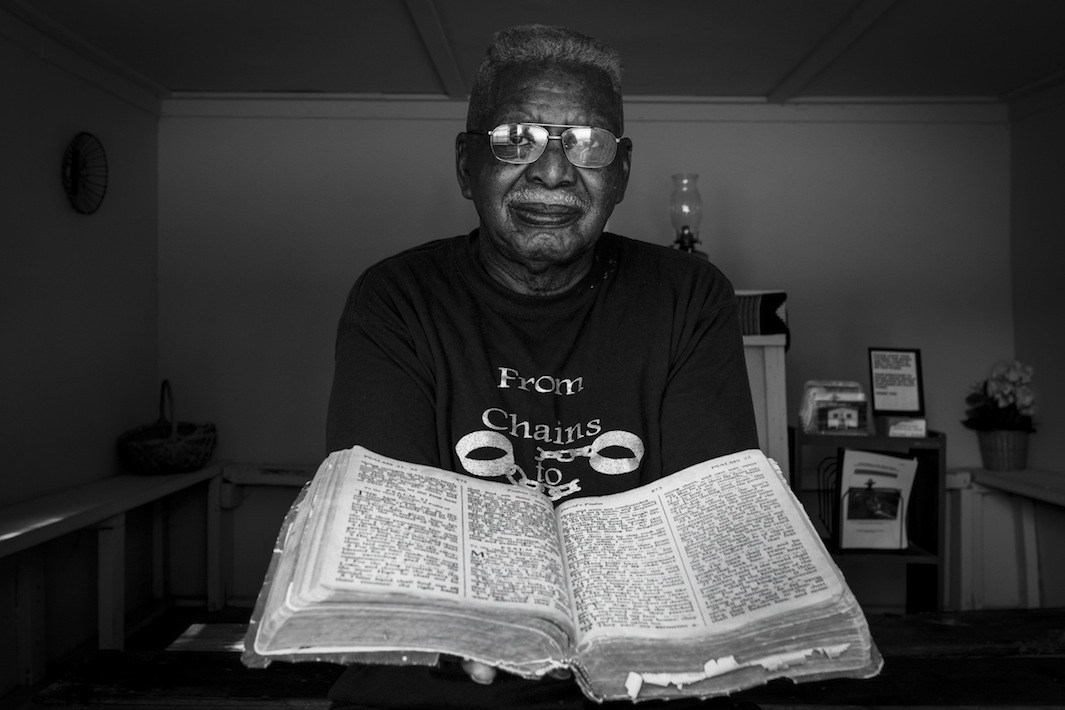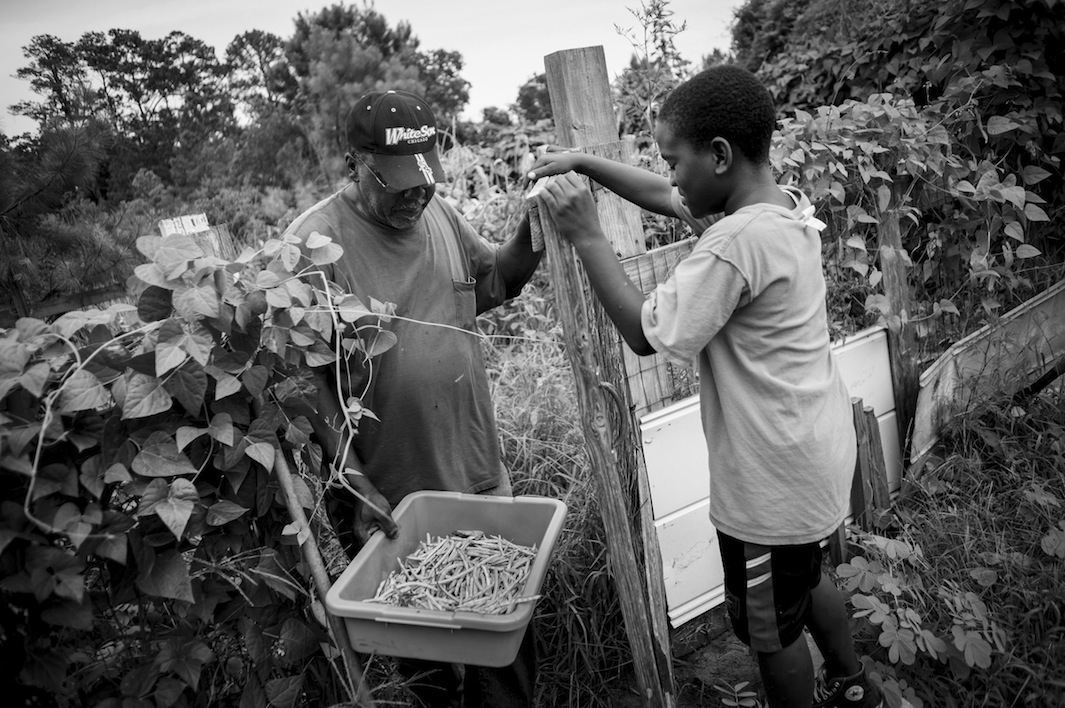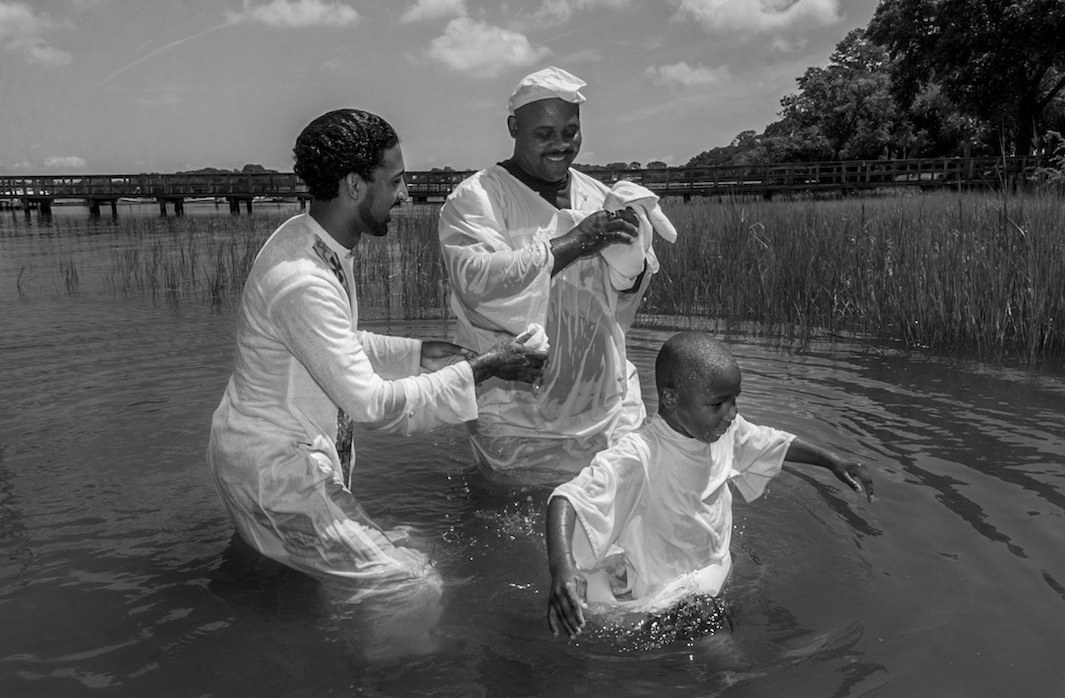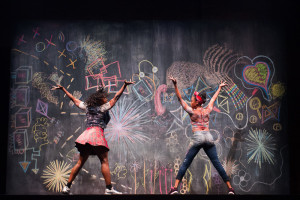I’m never been more confident in identifying as a) witch b) blessed c) magical than I do after reading Sassafras, Cypress, and Indigo.
Black Girls are Magic.
Cooking, nurturing others is magic. Women gathering together is magical. Women loving and supporting each other is magical. Affirming oneself is magic. Loving yourself and respecting to be loved is rare and magnificent.
Sassafras, Cypress, and Indigo represent three types of magic which pervade Black women’s lives.
Sassafras embodies creation. She finds her gift early. She’s a weaver. Yet, she lets private school and the influence of her lover, Mitch devalue the worth of her craft. The men in her life try to name her magic, the magic of Black women. They try to create the Black woman that they think Sassafras is in her, and for awhile she lets them with little, sporadic protest. She keeps trying to write, though it doesn’t come naturally. She keeps trying to be their idea of the artist, their idea of the Black women. But her writing continues to explore weaving, her mother and her past. Without knowing it, Sassafras uses her writing to bring herself back to weaving, back to stereotypically feminine creation. She shows that even performing the role society expects of you is magic if done by your own choice, if done freely. She can bring beauty, generosity, and freedom into the world because she chooses to. That is magical.
Cypress embodies translation and transconfiguration. Through her body Cypress is able to speak to the past, present, and future. She is able to interpret the good, the bad, the beautiful, and the ugly of the body. She can read people through their bodies, take in their messages and send back her own. She is able to blend the things she wants in the world through her body. She is able to reconcile the things she wants in her life that she struggles to reconcile otherwise through dance and her body’s expression. When she accepts her body for all it can do and all it cannot, she is able to utilize her magic.
Indigo embodies birth and rebirth. For a very young age it is clear Indigo can conjure and create life where there is none. Her dolls, carefully and painstakingly fashioned by her, have personalities. When she believes she’s outgrown them she lays them “to rest.” Her violin playing revives the deepest, most ancestral parts of her listeners. It evokes the pain and joy of them and all who came before them. As she ages, she uses her powers to bring “free” Black children into the world; children who come into the world unconquered and remain so until their deaths. Her magic is what keeps Black women afloat. She can call on the spirits to protect those who live and make women honors those who have passed. Her magic is regenerative.



